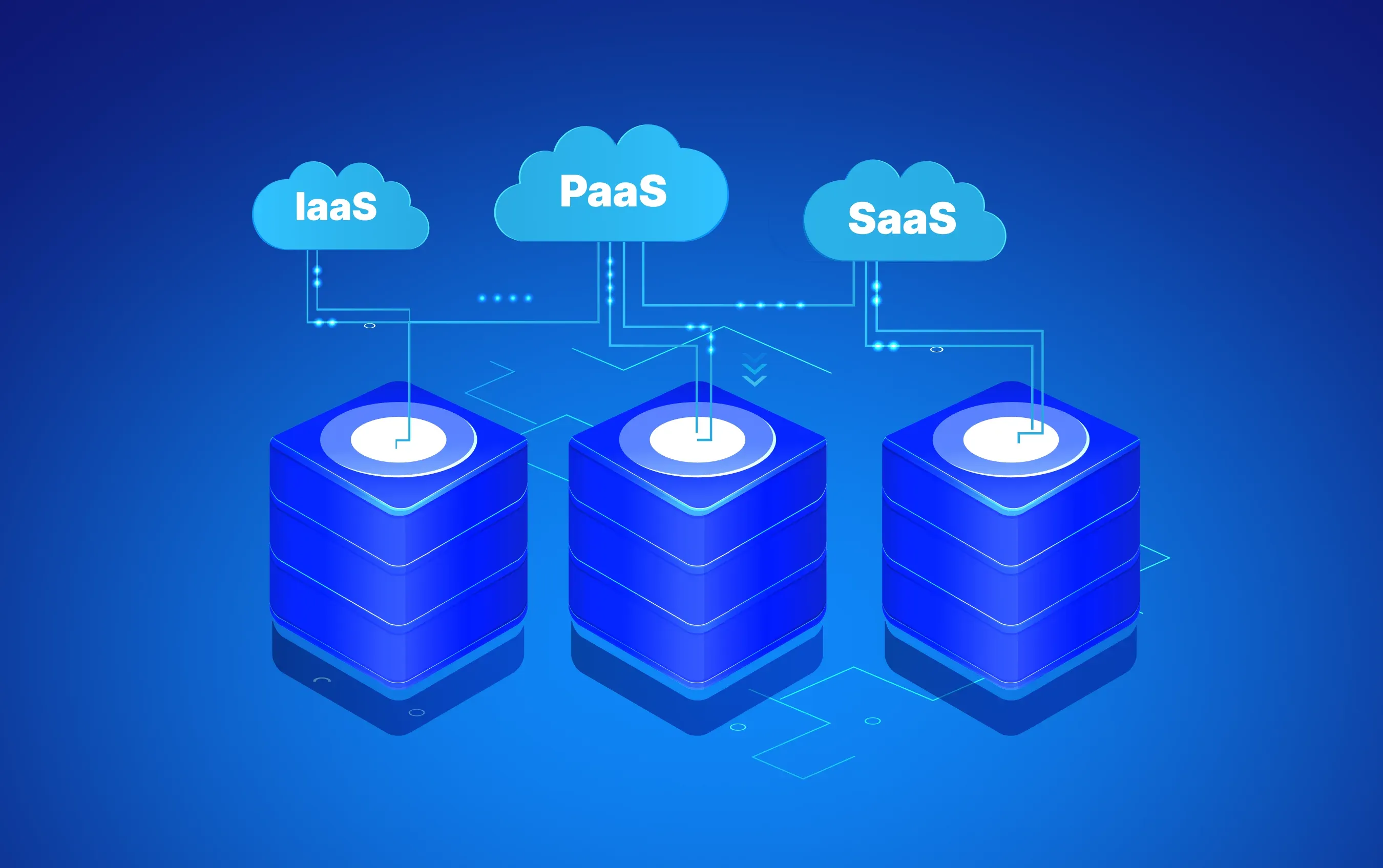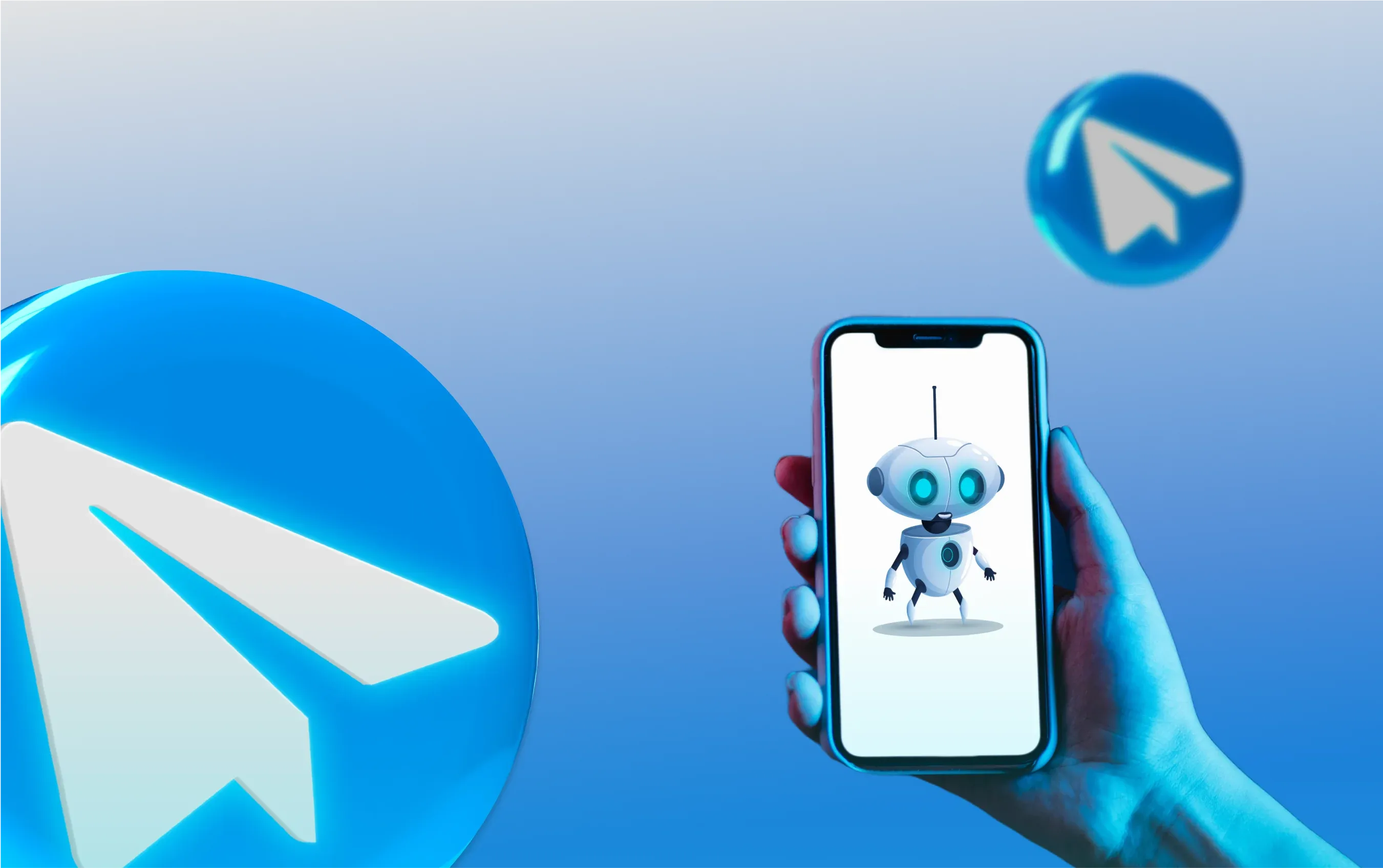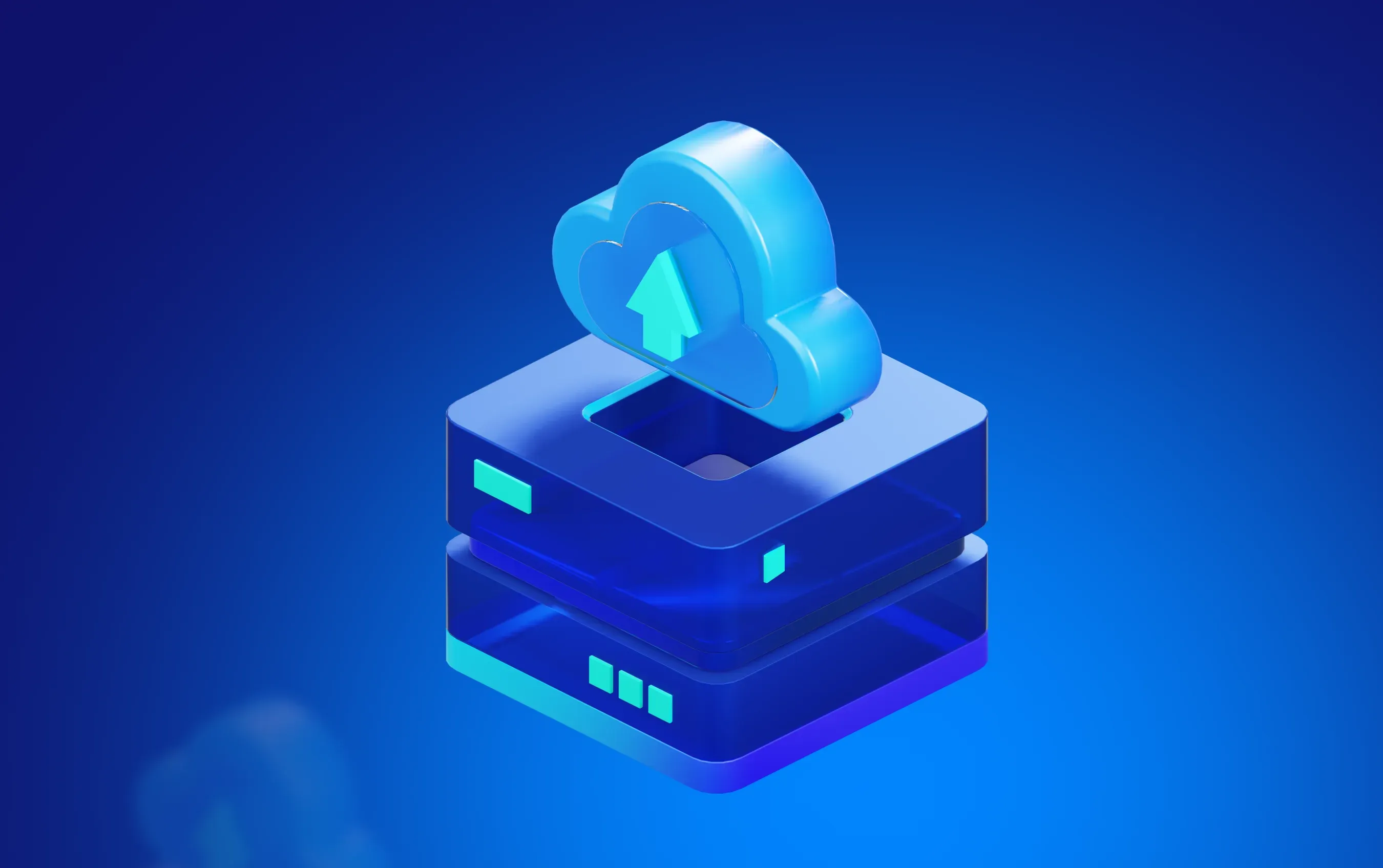In diesem Artikel

Nearly one-third of a rep’s time is spent on manual tasks instead of selling. Automation frees them to focus on meaningful engagements—and increases conversion, pipeline velocity, and data quality in the process.
Yes, from one-person operations using email-sequence tools to mid-size teams on platforms like ActiveCampaign or monday.com, up to enterprises running Salesforce with AI assistants and custom workflows. SaaS tools are modular and scalable.
Integration with legacy systems can be complex (up to 37% of businesses experience integration issues)
Adoption hurdles: 25% report difficulty adapting to new tools
Data quality risks: duplicates, outdated records
Over-automation can feel impersonal—balancing human touch with scalable automation is key
Conduct a pipeline audit to identify repetitive steps
Pick SaaS tools compatible with your stack (CRM, email, data enrichment)
Or find a SaaS development company, offering sales automation software
Start small: set up simple triggers, welcome emails, first follow-up sequences
Monitor outcomes—open rates, conversion rates, time saved
Iterate: refine workflows, personalize templates, add AI‑powered steps
Provide team training and monitor fatigue or feedback
Vorherige Einsicht





